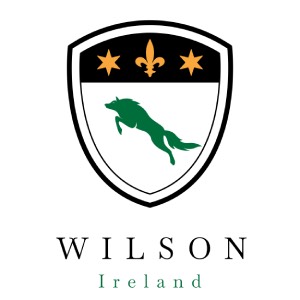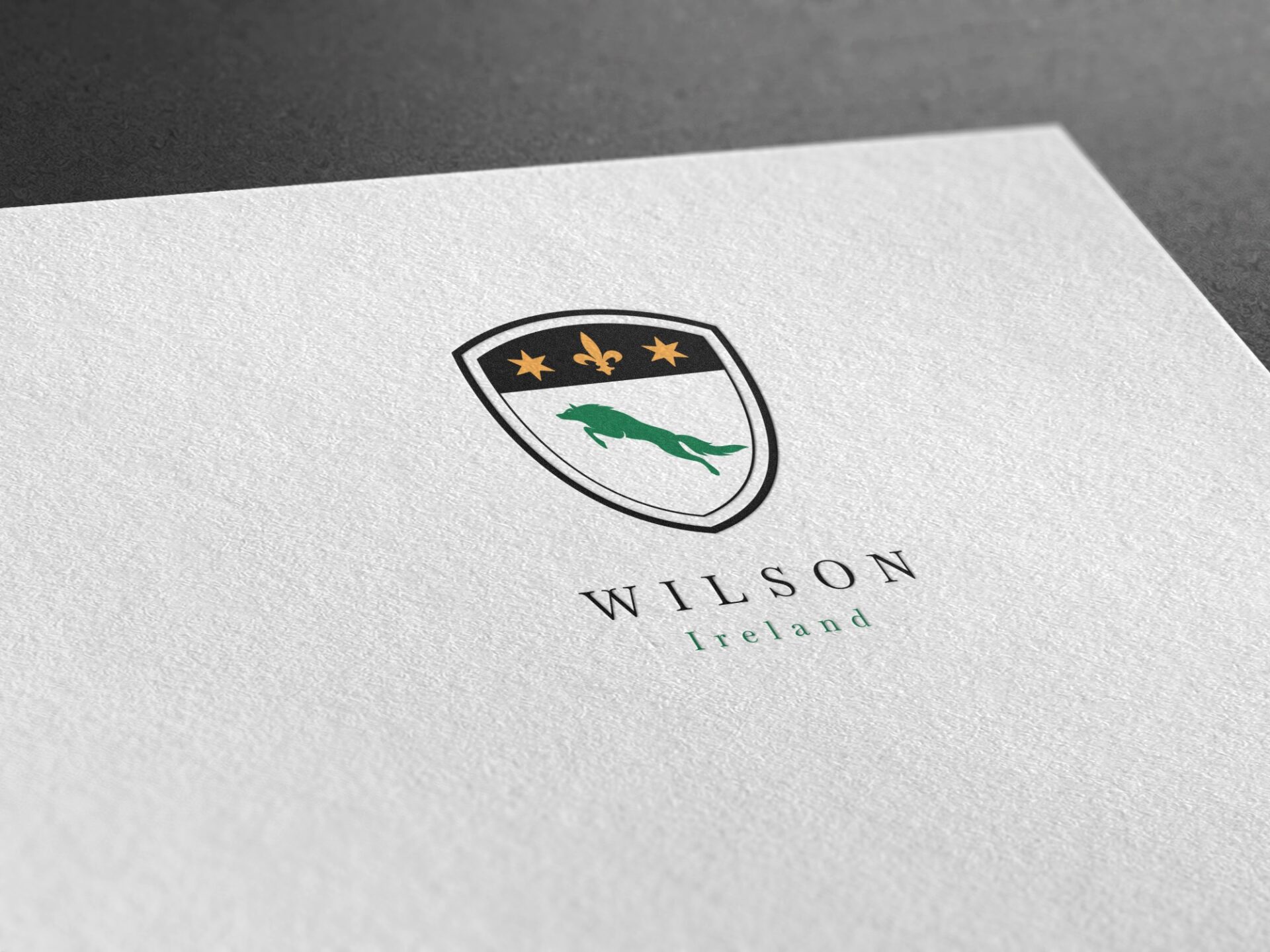The surname Wilson, while popular in many English-speaking countries, also has a rich history within Ireland. The name is of Anglo-Saxon origin, but it has long been embedded in the tapestry of Irish genealogy.
Etymology and Meaning
The surname Wilson means ‘son of Will,’ with ‘Will’ being a diminutive form of the given name William. The suffix ‘-son’ is a patronymic indicator, signifying ‘son of,’ a common naming tradition in many cultures. William itself comes from the Germanic name Wilhelm, composed of the elements ‘wil,’ meaning ‘desire,’ and ‘helm,’ meaning ‘helmet or protection’.
Earliest Known Usage
The first known usage of the surname Wilson in Ireland can be traced back to the 13th century, where it was found in Ulster, particularly in Counties Antrim and Down. Its usage became more widespread in subsequent centuries due to British immigration, particularly during the Plantation of Ulster in the early 17th century.
Geographic Distribution
From its roots in Ulster, the Wilson surname spread throughout Ireland, with notable concentrations in counties Antrim, Down, Tyrone, and Londonderry in the North, and Dublin in the Republic of Ireland. Many families bearing the surname can also be found in Counties Mayo and Sligo.
Original Geographic Location
The original geographic location of the Wilson name in Ireland is Ulster, especially in the counties of Antrim and Down, where they were recorded as substantial landholders in the Middle Ages.
Migration Patterns
The Wilsons, like many Irish families, were subject to numerous migration patterns over the centuries. The most significant exodus occurred during the Great Famine of the mid-19th century, with many Wilsons emigrating to North America, Australia, and New Zealand. As a result, the Wilson surname can be found among numerous diaspora communities worldwide.
Historical Context
Notable Historical Events
The Wilsons were involved in many significant events in Irish history. Members of the Wilson family participated in both the 1798 and 1803 rebellions, advocating for Irish independence.
Involvement in Key Moments in History
During the Protestant Ascendancy, Wilsons of English and Scottish descent held significant positions in Irish society, notably in politics, the Church, and the military.
Notable Bearers of the Surname
Famous Individuals
Prominent individuals with the Wilson surname include Sir Robert Wilson, an Irish mathematician and physicist, and Mary Wilson, a well-known Irish radio journalist.
Influential Figures
In a political context, Thomas Wilson, an Ulster Unionist, served as a member of the Northern Ireland Parliament for South Tyrone.
Variations of the Surname
Spelling Variations
Common spelling variations of Wilson include Willson and Wilsone. Less common variants include Wulson, Wilshon, and Wilsoun, which can be found in historical documents.
Regional Differences
In Gaelic, Wilson has been translated to Mac Liam, however, this is quite rare.
Current Statistics and Distribution
Frequency and Global Distribution
As of the early 21st century, the Wilson surname is widespread globally, thanks to Irish diaspora communities. In Ireland itself, Wilson is the 29th most common surname.
Changes Over Time
Despite the migrations over the centuries, the Wilson surname has retained its presence in Ireland, indicating a strong lineage.
Family Coat of Arms

The Wilson family crest is an elegant and symbolically rich heraldic emblem that encapsulates the family’s values and heritage. The design of the crest is both visually striking and meaningful, featuring distinct elements that convey the family’s identity.
Background and Chief: The crest features a white background, known in heraldry as argent, which traditionally symbolizes purity, innocence, peace, and sincerity. This choice of background sets a noble and virtuous tone for the crest, highlighting the family’s commitment to these lofty ideals. Across the top of the shield, there is a black horizontal band, known as a chief, which often represents authority and dominion in heraldry. The color black, or sable, is associated with wisdom, constancy, and sometimes grief, suggesting the family’s enduring nature and resilience.
Symbols in the Chief: Within the black chief are two gold stars and a gold fleur-de-lis. Stars in heraldry are often used to denote excellence, high aspirations, and a celestial quality pointing to the noble spirit and high ideals upheld by the family. The gold color, known as or, enhances these symbols, representing generosity, wisdom, and elevation of the mind. The fleur-de-lis is a stylized lily that is frequently associated with purity and the Virgin Mary in religious contexts, but it also signifies perfection, light, and life in general heraldry. The presence of these symbols in gold suggests not only noble aspirations but also spiritual or virtuous significance.
Green Hound: Dominating the lower portion of the crest in the white field is a depiction of a green hound in mid-jump. The hound in heraldry typically symbolizes loyalty, tenacity, and devotion. The color green, or vert, symbolizes growth, hope, and joy. The action of the hound jumping can indicate energy, enthusiasm, and an eager pursuit of objectives, reflecting the family’s dynamic and spirited approach to life’s challenges.
Collective Symbolism: Together, these elements of the Wilson family crest — the white background, the black chief with gold stars and a fleur-de-lis, and the green jumping hound — create a powerful visual narrative. This narrative emphasizes a legacy characterized by purity, noble aspirations, spiritual or moral significance, and a lively and loyal nature. The Wilson family crest not only celebrates their historical identity and achievements but also serves as a proud emblem of their enduring values and virtues.






Leave a reply